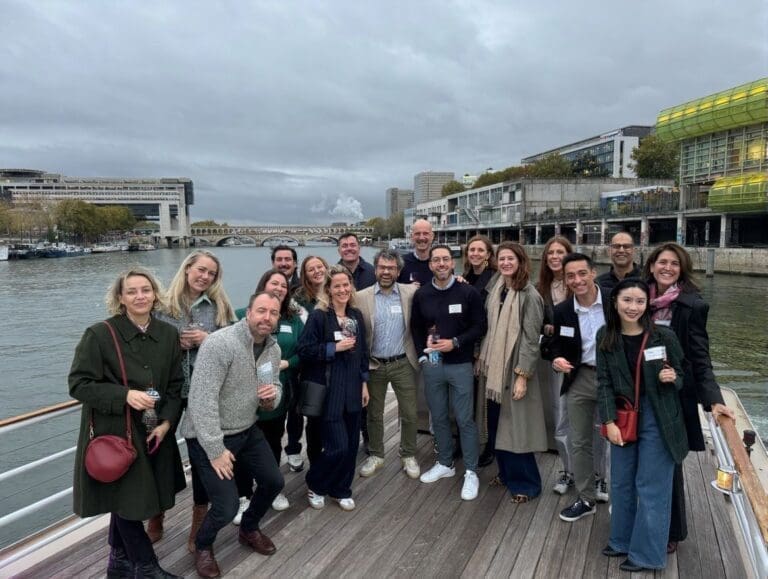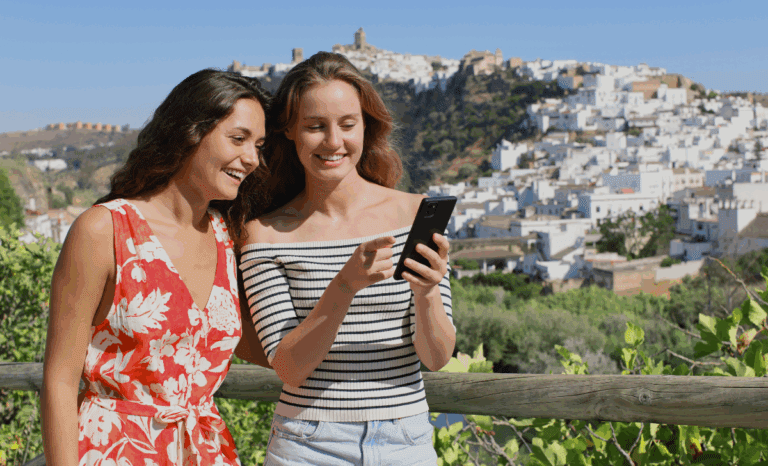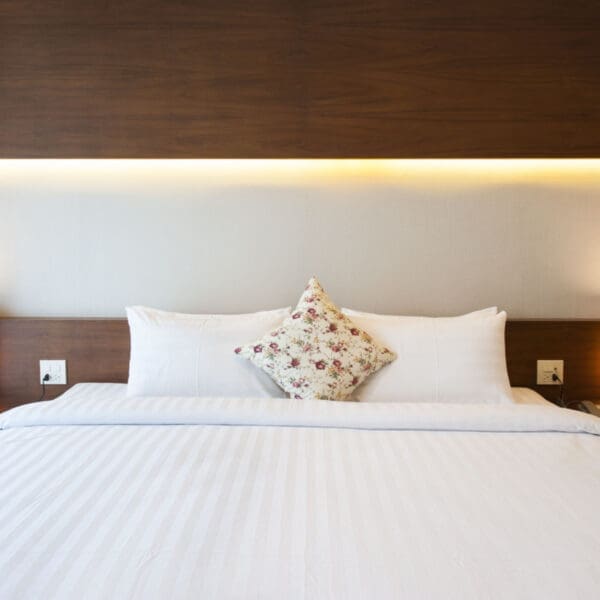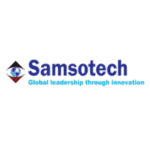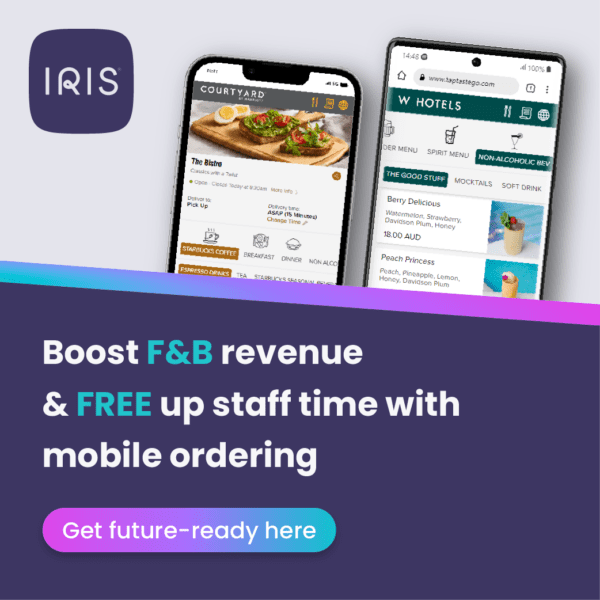The COVID-19 pandemic has changed the travel industry. Many hotels and attractions were shuttered or operating at limited capacity, and with shrinking demand came shrinking revenue.
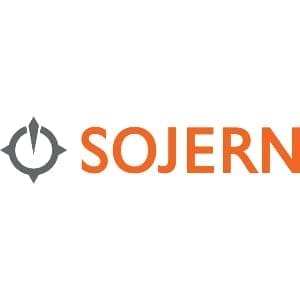 Now, as economies are opening and travelers begin to venture out, hotels and attractions are looking to rebuild a healthy pipeline with consistent revenue. Direct, online, and advanced bookings are key to hotels and attractions getting back on their feet, which is why 41 percent of attraction marketers say that advanced online direct bookings are a top priority. However, hotels and attractions face a giant hurdle: consumer uncertainty, particularly in the face of ever-changing regulations.
Now, as economies are opening and travelers begin to venture out, hotels and attractions are looking to rebuild a healthy pipeline with consistent revenue. Direct, online, and advanced bookings are key to hotels and attractions getting back on their feet, which is why 41 percent of attraction marketers say that advanced online direct bookings are a top priority. However, hotels and attractions face a giant hurdle: consumer uncertainty, particularly in the face of ever-changing regulations.
To drive bookings as the world works to recover from COVID-19, hotels and attractions must set themselves apart by creating the right digital impression at the right time. Even in the midst of uncertainty, customer intent is trending in a positive direction, particularly in domestic markets around the world.
According to Sojern’s travel intent data, in Asia Pacific, Thailand’s hotel searches domestically see a steady growth starting in mid-May. In Europe, while travel confidence has moved in a positive direction for European destinations, it will likely rise and fall in accordance with infection rates. In the Middle East, domestic travel is expected to continue through the regions ‘peak season’. Within the US, we saw that the Labor Day weekend led to air travel hitting a five month high and our data shows that US travelers are flying to more remote destinations within the country.
Creating the right digital impression is critical to capturing these bookings and paving the path to recovery. Here’s how to leverage digital to redefine travel and reintroduce hotels and attractions to uncertain consumers.
The Power of Firsts
First impressions are set early on. In the travel industry they’re often set by others in the form of reviews. These reviews can make or break a consumer’s decision to book, all before visiting a brand’s website. According to a recent report, 72% of travelers always or frequently read reviews before deciding where to stay or eat or which activities to do. Of those travelers, 78% focus on the most recent reviews in their research, with more than half reading multiple reviews, often across several pages, to get a sense of overall opinion. These reviews are often a byproduct of the entire customer experience, and travel brands must monitor these channels to gain critical insights into customer sentiment and learn how to adapt to changing COVID-19 expectations.
The Impression Building Touchpoints
Reviews are just the tip of the iceberg. To earn those reviews, hotels and attractions must set clear, consistent expectations and manage those from booking to departure. The two main ways to set those expectations are product and brand. Product expectations include amenities, room offerings, and services relevant to a particular customer’s journey. For example, cleaning protocols are a universal need right now. Brand expectations are more subjective, making them harder to manage, and include messaging, location, and offerings relative to competitors. Hotels and attractions must manage both, particularly as the industry navigates COVID-19. In uncertain times it’s important to be specific, and making clear lists of available amenities and new hygiene protocols to ensure the health and safety of guests and staff can go a long way towards building rapport.
While updating the company website is a great start, consistency across all touchpoints is key.
Don’t forget to update online resources, such as Google listings, social media channels, and information sent to OTAs. Use metasearch to get in front of travel planners. It is found that Google Hotel Ads, TripAdvisor, Kayak, Trivago, and Skyscanner are where three-quarters of travelers will be browsing to plan their future travel.
Most important, focus on the customer experience once they are there. Onsite experiences and customer service determine what customers say to other potential customers, so be sure to enact the right training strategies for staff so they can deliver a consistent experience.
Leveraging Those Touchpoints
Successfully leveraging those touchpoints to drive direct bookings requires hotels and attractions to set achievable customer expectations. Now is the time to embrace unique offerings, not over promise and under deliver. Customers want reassurance, so don’t be vague about following protocols. Give specific details on the exact measures being taken regarding social distancing, cleaning, sterilizing, and more. From there, test the content to ensure it’s resonating with potential customers rather than becoming a bottleneck in the booking process.
Part of managing expectations is managing disappointment. Responding directly and in a timely manner to negative reviews or online negativity can not only mitigate future damage, it can help turn that experience around. When responding, remember the person is still a valued customer, so do so in a way that is empathetic and not defensive.
Exceeding Expectations to Drive Direct Bookings
Turning those expectations into bookings requires a multi-channel, personalized experience. By using data to inform campaigns, hotels and attractions can create tailored experiences across Facebook, Instagram, SEM, and video to drive direct bookings. While some hotels and attractions have yet to implement digital strategies to help take advantage of user data, advocating for direct bookings is a great start. Most OTAs don’t pass customer information to hotels or attractions, so direct bookings give brands access to critical insights that help shape the customer experience. For deeper insights, brands can work with experts to leverage first and third party data to further tailor the experience.
Another great way to set customer expectations is by optimizing the website to be user-friendly and up-to-date. This will ensure customers know what to expect for check-in and throughout the entire experience. From new procedures to COVID-19 safety protocols, customers will continue to visit the website for updates, even after they’ve booked.
Dingle Sea Safari in Ireland is an excellent example of an attraction that is adjusting to and successfully navigating the challenges that COVID-19 presents. The experience is considered the number one activity to do while visiting the Dingle Peninsula and gives visitors a tour of the coastline of Dingle Bay – all the way to the Great Blasket Islands. Visitors can view the rock formations, seals, caves, and more while feeling fully reassured that the attraction is strictly following COVID-19 social distancing measures. Some other measures include contactless payment, cleaning between all tours, hand wash/gel being provided before boarding, and regular sanitation of life jackets.
As the travel industry works to adjust to COVID-19 expectations and regulations, it’s possible for hotels and attractions to create digital impressions that give customers peace of mind and drive direct bookings.
Want to learn more about setting and exceeding customer expectations and get inspiration from case studies? Download the Sojern ebook, Managing Customer Expectations for Hotels and Attractions.
ABOUT THE AUTHOR
Kurt Weinsheimer – Chief Solutions Officer, Sojern
Kurt Weinsheimer leads the solutions organization at Sojern, which includes product, data science and engineering. A veteran in travel marketing, Kurt has more than 15 years of experience in online travel commerce and media and is the force behind Sojern’s mission to offer digital marketing solutions for the travel industry. Prior to Sojern, Kurt served in executive and leadership positions at Netpulse, Spot Runner Inc., Cendant Travel Distribution Services, WorldRes.com, and Patagonia. He was also founder and GM of the hotel division for Orbitz. Kurt holds a Master’s in business administration, marketing and organizational behavior from Northwestern University and a Bachelor of Arts degree in English and political science from Boston College.


